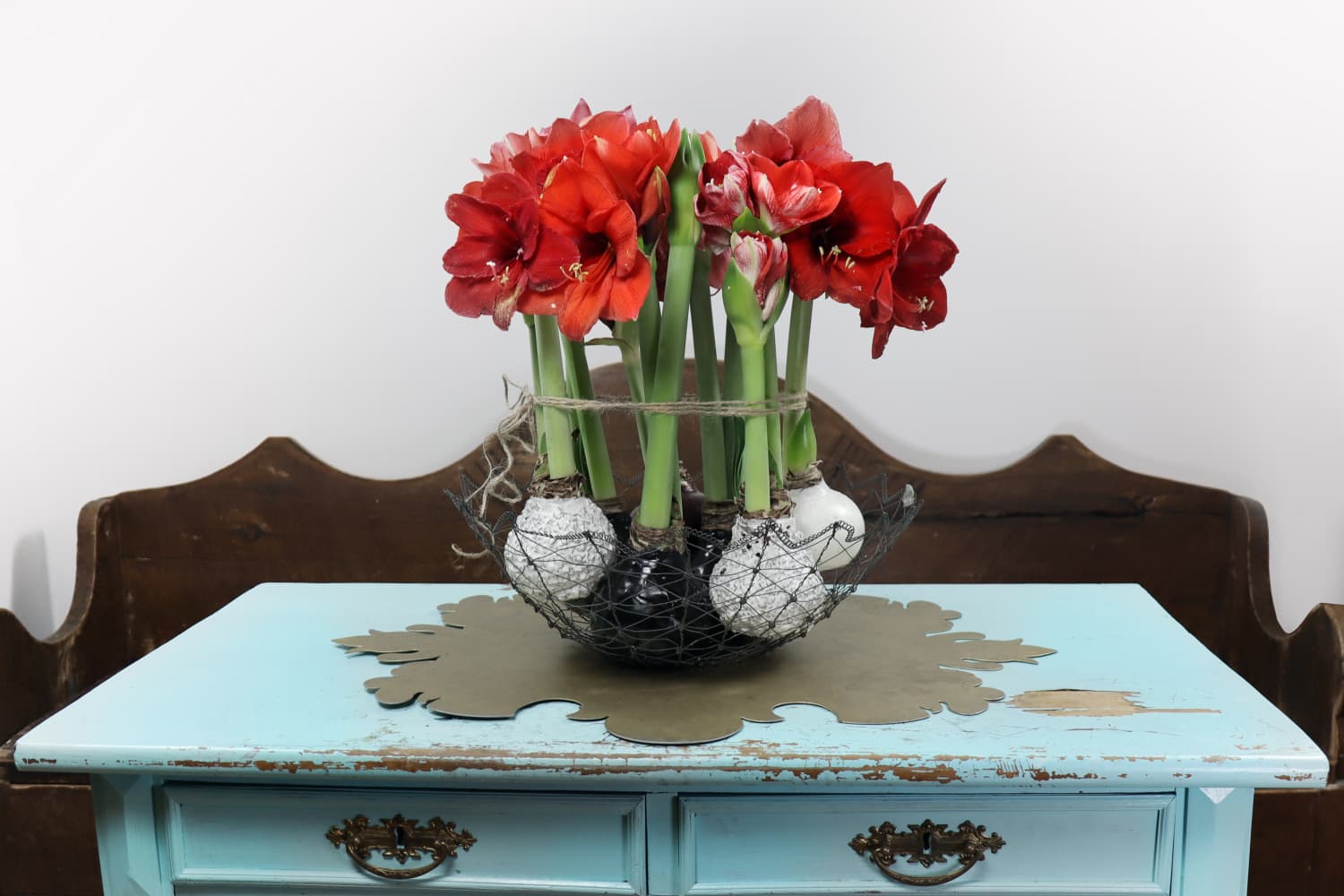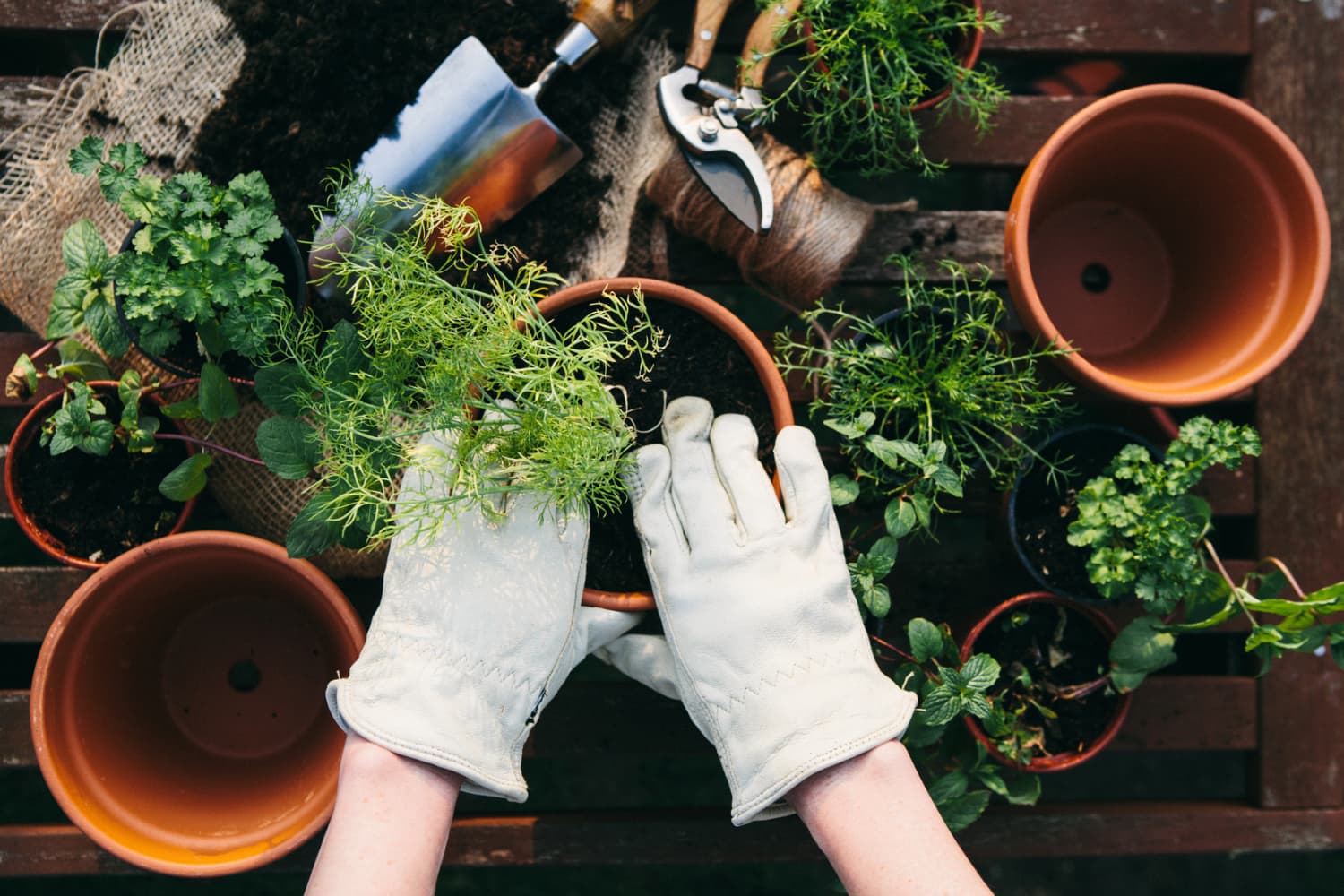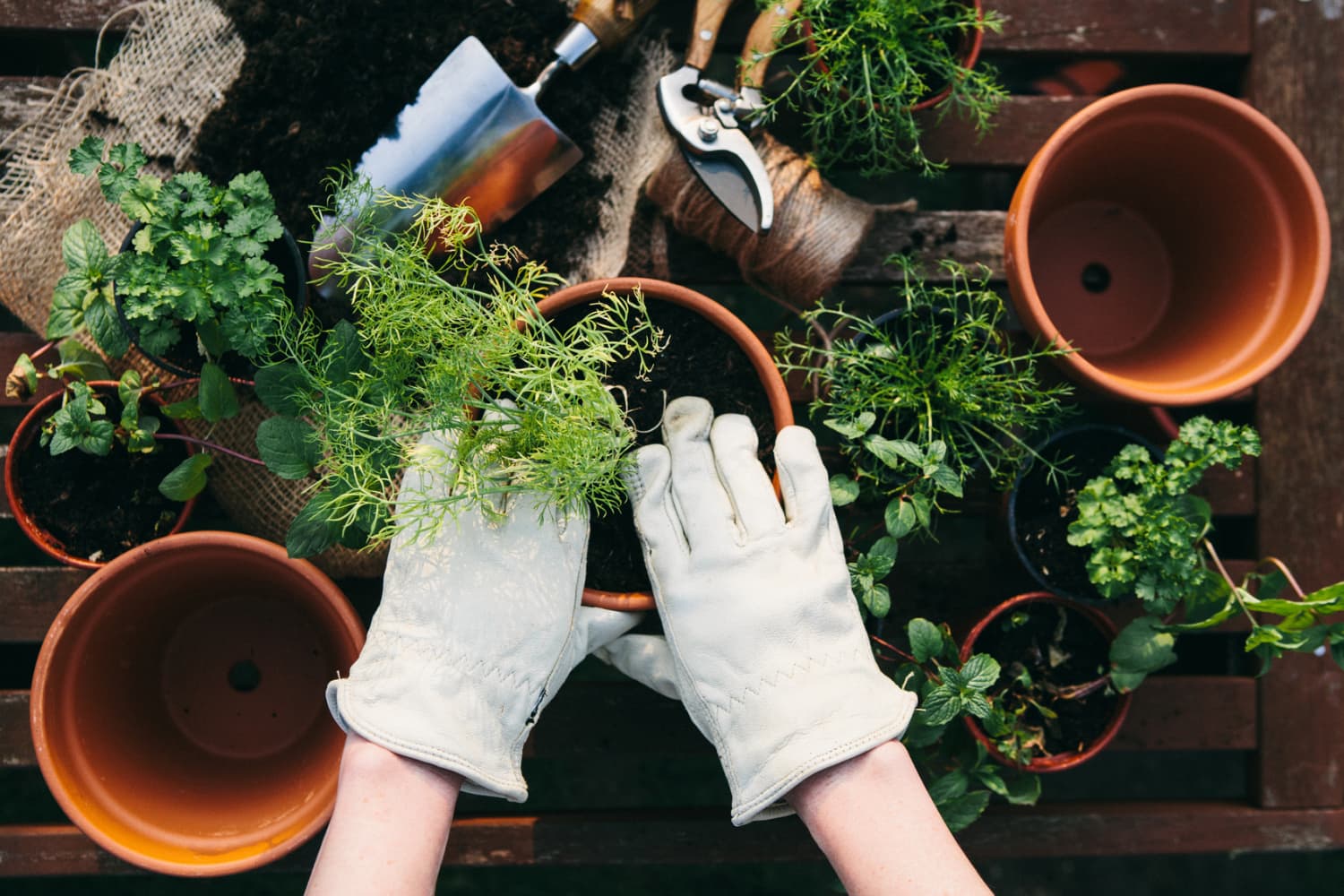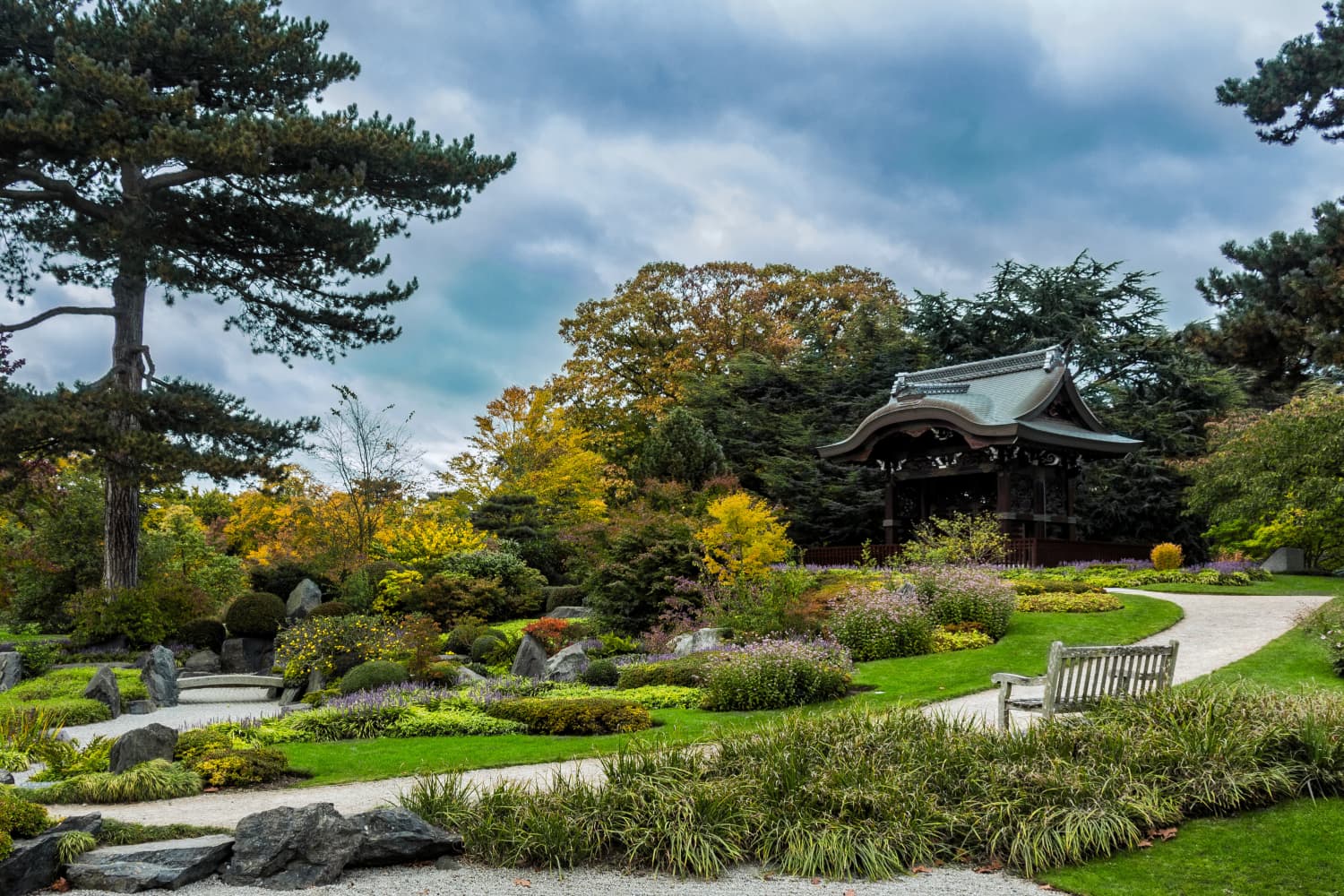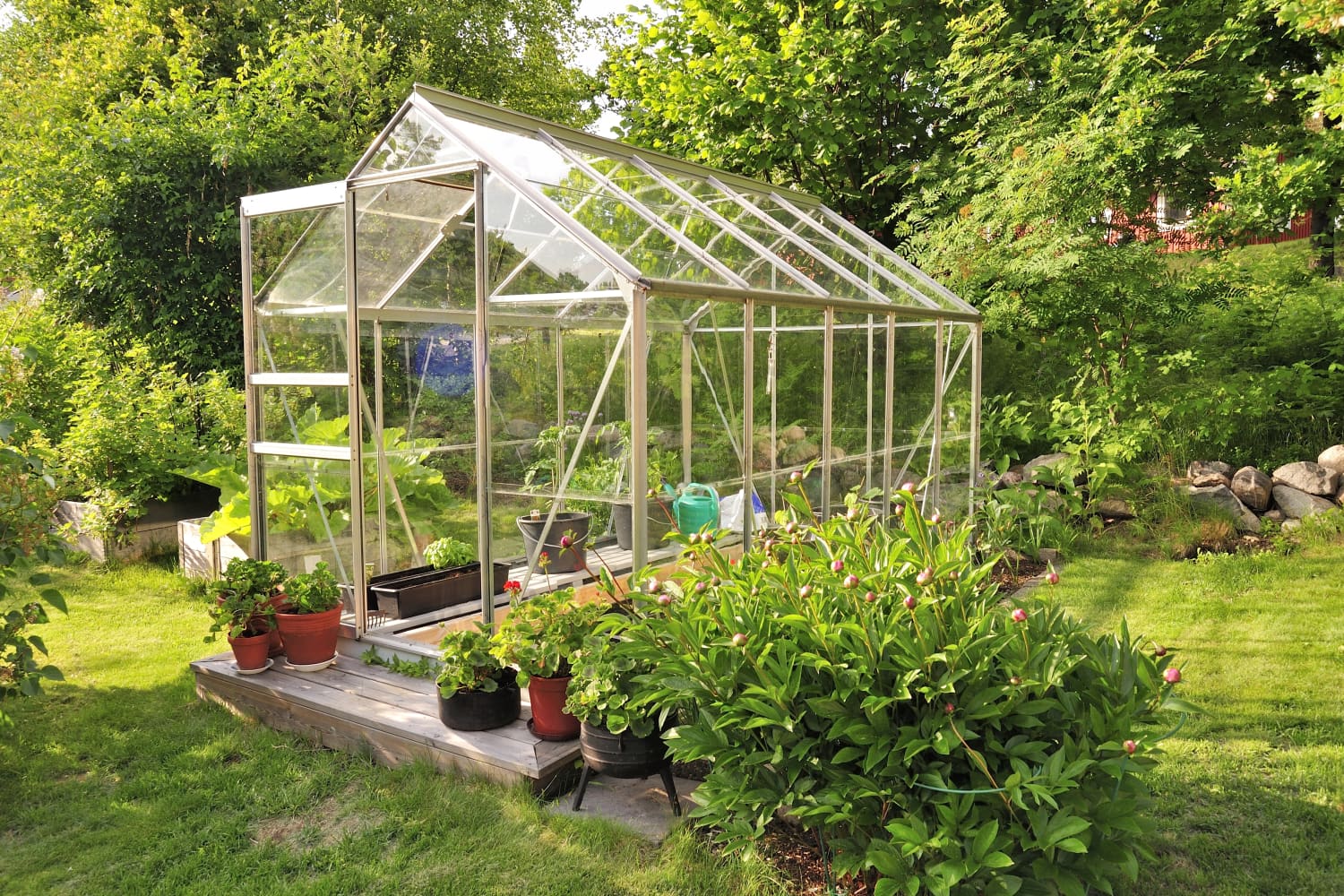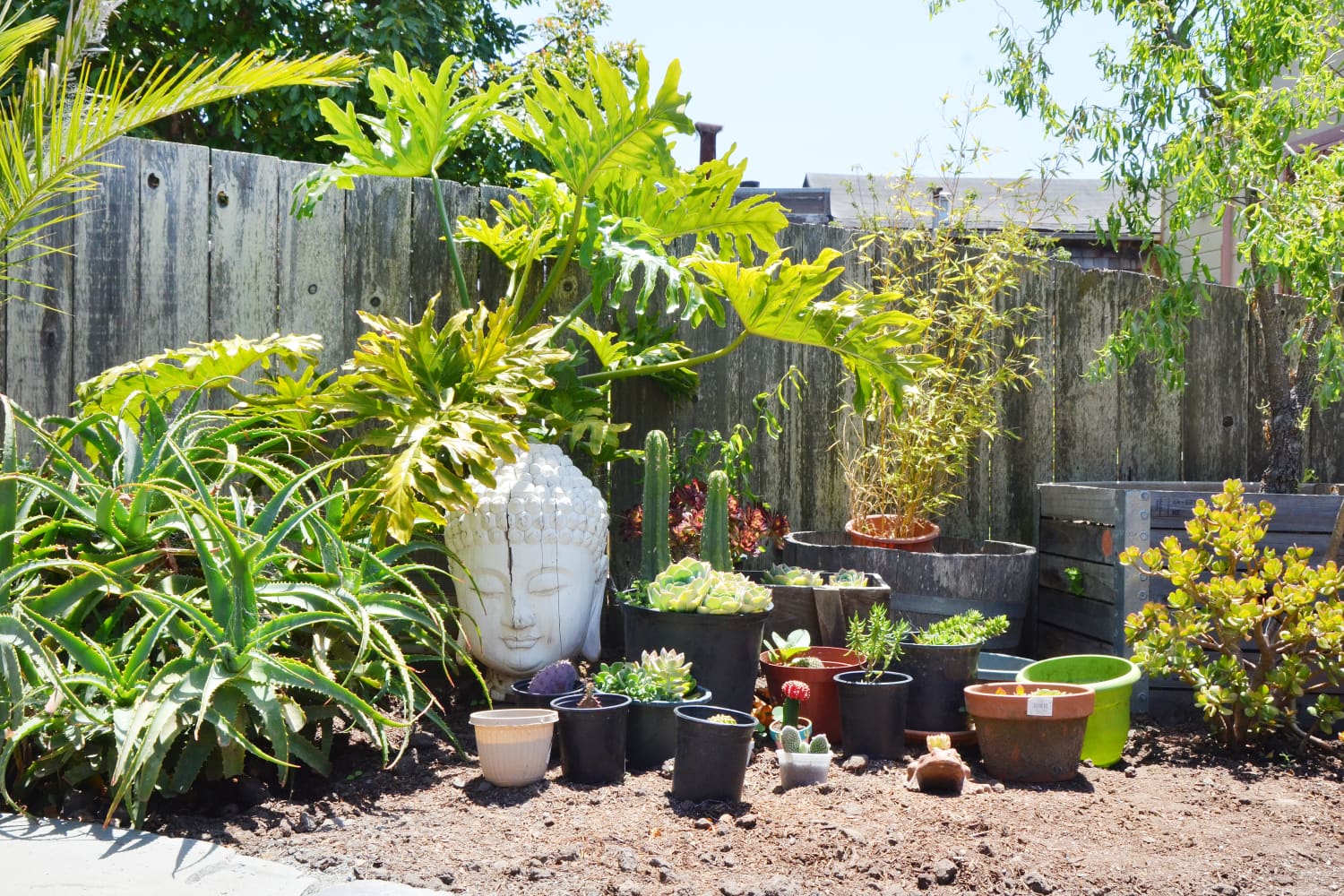Here’s How To Grow Trader Joe’s Waxed Amaryllis
Olivia Harvey Contributor Olivia Harvey is a freelance writer and award-winning scriptwriter from outside Boston, Massachusetts. She’s a big fan of scented candles, getting dressed up, and the 2005 film adaptation of Pride and Prejudice starring Keira Knightley. You can make sure she’s doing okay via Instagram and/or Twitter. Follow Olivia

